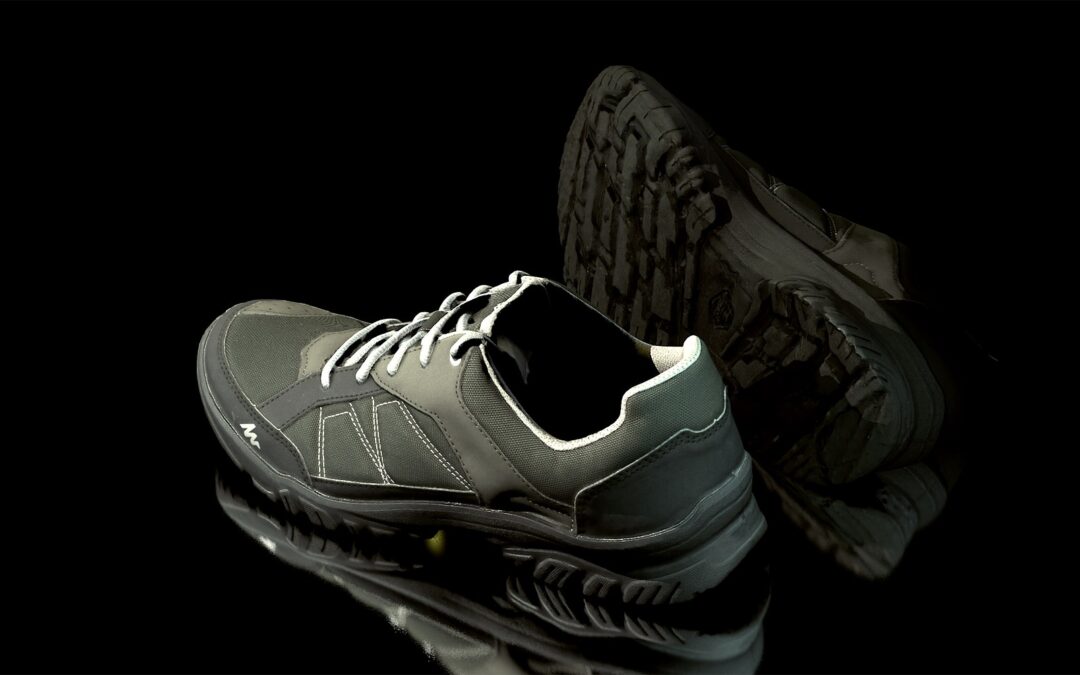Running shoes for preventing lower limb running injuries in adults
Relph N, Greaves H, Armstrong R, Prior TD, Spencer S, Griffiths IB, Dey P, Langley B. Cochrane Database of Systematic Reviews. 2022 August. doi: 10.1002/14651858.CD013368.pub2.
https://www.cochranelibrary.com/cdsr/doi/10.1002/14651858.CD013368.pub2/full
Take-Home Message
Prescribing running shoes based on foot type and general footwear type (e.g., motion control, neutral, stability, minimalist) does not reduce lower-limb running injuries.
Background
Most running injuries occur in the lower limbs, and 20-80% of runners will sustain an injury. Often, to reduce injury rates, runners are prescribed specific shoes based on their foot type based on the idea that the shoe may optimize the foot position while running. However, it remains unclear if running shoes prevent injury.
Study Goal
The authors conducted a systematic review to assess whether or not running shoes prevent lower-limb injuries in a variety of adult runners.
Methods
Authors identified randomized (or quasi-randomized) controlled trials of runners (novice to elite levels) or military personnel that compared running shoes or studied prescribed running shoes based on foot type versus non-prescribed shoes. The main outcomes were the number of runners who sustained a lower-limb running injury and the number of lower-limb running injuries. Secondary outcomes included footwear satisfaction, adverse events (such as blisters), and anyone needing hospital admission or surgery. Authors found 12 studies that fit the inclusion criteria, leading to a total analysis of 11,240 runners.
Results
The types of shoes used were 1) neutral/cushioned (intended to reduce load upon foot-strike), 2) motion-control (intended to decrease foot motion during stance), 3) stability (provides motion control and cushioning), and 4) minimalist (intended to mimic barefoot running with little assistive devices). The authors found no clear differences in injuries between 1) neutral/cushioned and minimalist shoes (5 studies, 766 participants), 2) motion control and neutral/cushioned shoes (2 studies, 421 participants), and 3) soft and hard shoes (2 studies, 1,095 participants). However, the authors found evidence that runners with a body mass greater than 71.4 kg had a greater risk of injury when wearing minimalist shoes instead of neutral/cushioned shoes. Runners wearing prescribed (based on foot structure) or non-prescribed shoes had similar rates of injury, with moderate certainty (3 studies, 7,203 participants). Runners had similar footwear satisfaction between neutral and minimalist shoes.
Viewpoints
Overall, running shoes may not alter a runner’s risk for lower-limb running injuries. However, pronators reported pain while wearing motion control shoes compared to neutral or stability shoes, and runners with neutral feet reported more pain in motion control shoes than in neutral shoes. These findings were based on low levels of evidence and could be due to each study using different definitions of shoe types. However, we should interpret all results cautiously because of the small sample sizes. Furthermore, the participants were recreational runners and military personnel. Running footwear researchers should have standard definitions for types of footwear, and large-scale trials are needed to understand if prescribing running shoes based on foot structure and type can reduce lower-limb running injuries.
Clinical Implications
Despite common advertising and beliefs, clinicians should explain to runners that specific running shoes may not decrease injury rates. It may be more beneficial to advocate that runners buy comfortable running shoes.
Questions for Discussion
What kinds of advice have you given athletes searching for running shoes? Have you familiarized yourself with shoe types to provide advice?
Related Posts
- Cushion the Blow: Softer Midsole Shoes Reduce Injury Risk among Recreational Runners
- Which Shoes Protect Those Who Protect Us?
- Pronated and Neutral Wins the Race…or at Least Keeps the Runners in it
Written by Jennifer Xu
Reviewed by Jeffrey Driban


This highlights the importance of comfort when it comes to running and that even if shoes may not have a significant impact on preventing injury, it will mitigate pain for the athlete. Being able to explain to athletes to prioritize comfort when choosing shoes is imperative.